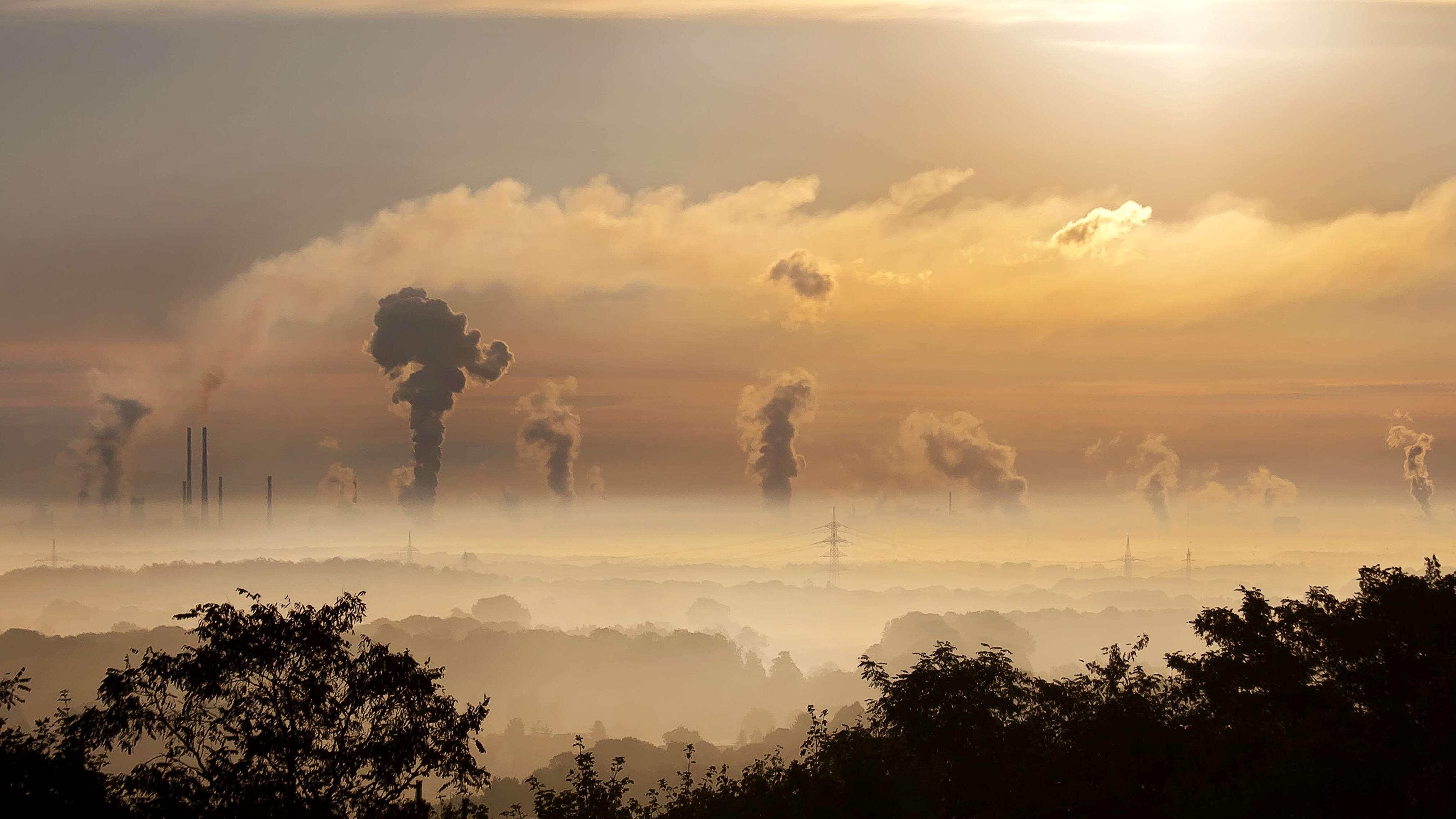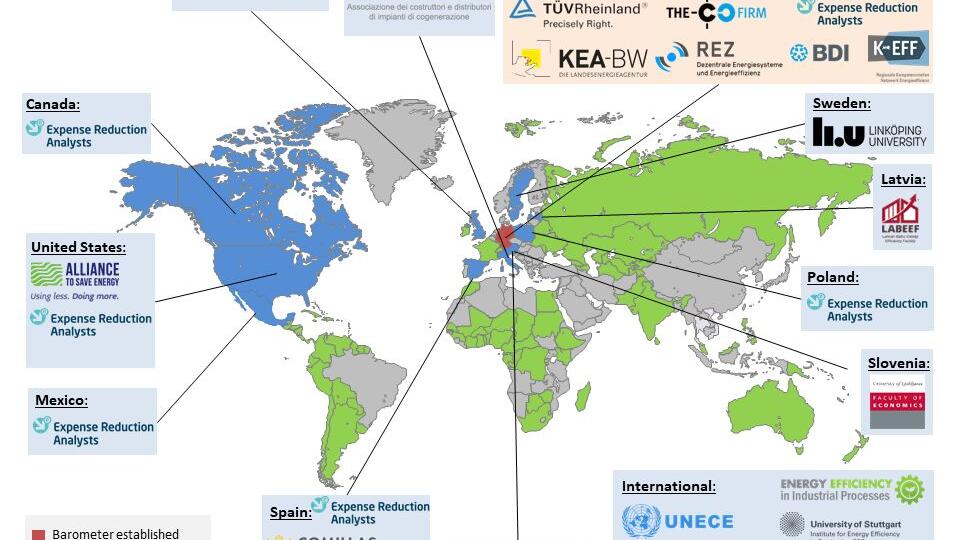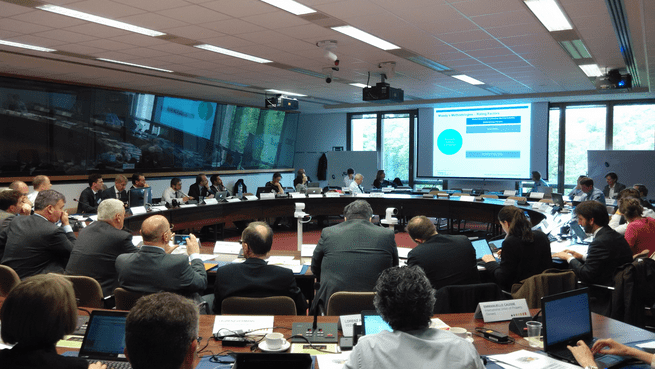 Articles
ArticlesCarbon-dioxide (CO2) accumulates in the atmosphere through natural and anthropogenic processes. In the atmosphere, CO2 absorbs heat and thus causes the atmosphere to heat up. Is simply moving towards CO2-neutrality sufficient for attaining the goals as agreed on in the Paris Climate Agreement? And, what is the actual difference between climate neutrality and environmental neutrality? If not properly defined, misconceptions will inherently lead to inefficient approaches and disputes during implementation. The challenge in this in particular is that usually - at least it should be like this - decision makers believe that the context is clear. The commonly used response to the question ‘do you know what I mean: ‘yes I understand emulates a perceived common understanding of the matter in question’ This calls for ensuring mutual understanding on targets and definitions rather than well intended assumptions (i.e. ‘let us do something good for the environment or in a personal context’.
Read Full articleIs the future synthetic? E-fuels and the future energy system
Trucks, Marine and Aviation are the biggest challenge to decarbonisation. There is no scale-able green alternative due the energy density of the alternate sources of energy currently available. To make e-fuels you need plenty of pure Hydrogen.
Read Full articleHow does COVID19 affect energy efficiency plans of industry?
Findings for Germany will be published at European Council for an Energy Efficient Economy (eceee)s Industry conference, global outcomes towards the turn of years. The questionnaire is accessible to manufacturing companies across 12 dedicated country versions and five further universal language versions.
Read Full articleThe role of nuclear energy in the European decarbonization path
As of today, 17% of energy need in Europe is covered by nuclear power. This is fed by 128 European and 56 extra European power stations. Nuclear energy production in the EU has been sharply decreasing over the past decade. But top European.
Read Full articleEurope’s steel industry and the need to decarbonise
Europes steel industry needs a credible plan to go green, says Ben Jones. The costs of decarbonising its operations would cost up to €40bn. Jones raises a question whether consumers will be demanding greener steel and be willing to pay for.
Read Full articleWhat is the carbon footprint of space travel?
Two astronauts successfully left the earths atmosphere to dock with the international space station on a semi re-usable rocket. This was clearly an incredible achievement and returned the USA to the forefront of space travel. In addition this significant step moves us closer to manned.
Read Full articleHow do we finance industrial energy efficiency?
The EU has focused on the Emissions Trading System to bring results but it has not been that successful in achieving energy efficiency. This week the Energy Efficiency Financial Institutions Group (EEFIG) will have a meeting of a new Working Group on industrial energy efficiency.
Read Full articleGoing DEEP
The Energy Efficiency Financial Institutions Group (EEFIG) has over 15,000 projects. They provide a good indication of the risk factors involved in energy efficiency. The website has been updated to show Internal Rate of Return (IRR)/ Net Present Value.
Read Full articleCould Ammonia be an energy black swan?
Ammonia is produced under super high pressures from Hydrogen and Nitrogen. The feed stock for Ammonia (NH3) is simply Nitrogen and Hydrogen. Potential early applications for ammonia as a fuel include shipping and maybe even aviation.
Read Full articleHow will energy look in 2030? My 10 predictions for the next 10 years!
Ten years ago Matt Cardle was Christmas number one (anyone remember Mr Cardle?) and David Cameron had just started his 6 years in office. The UK Government predicted in its base case energy scenario that in 2020 electricity generation would be delivered with 75T.
Read Full article








